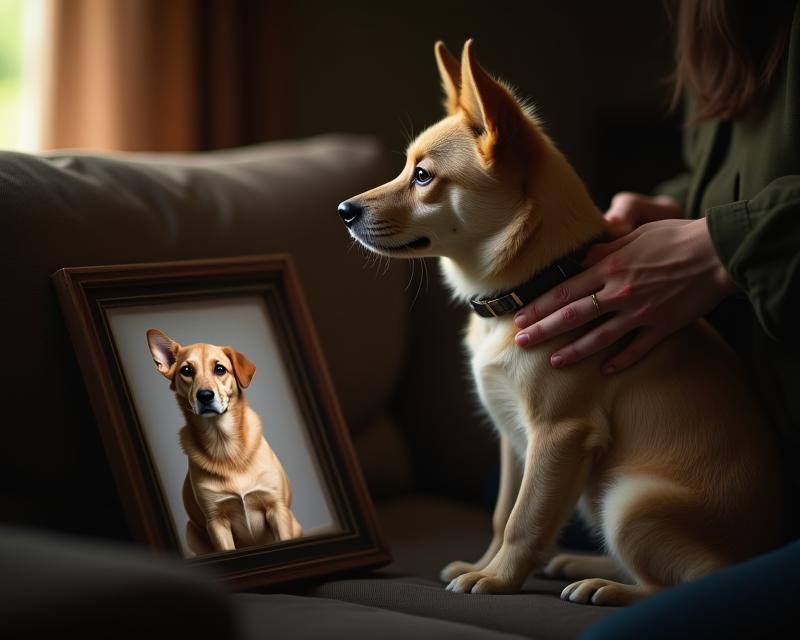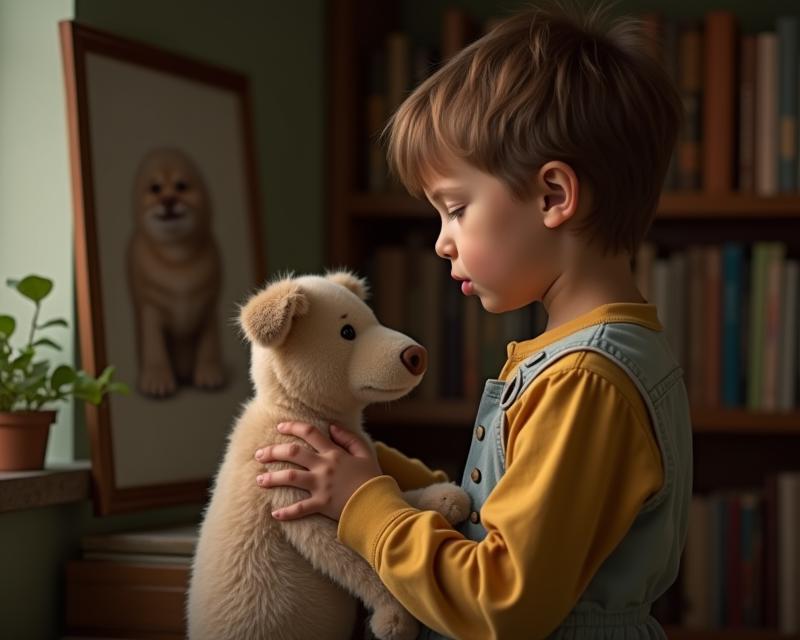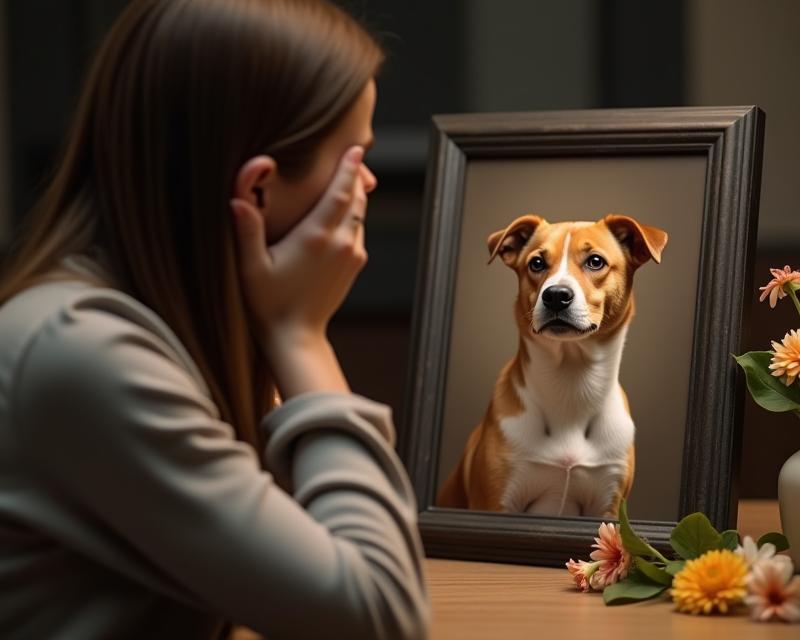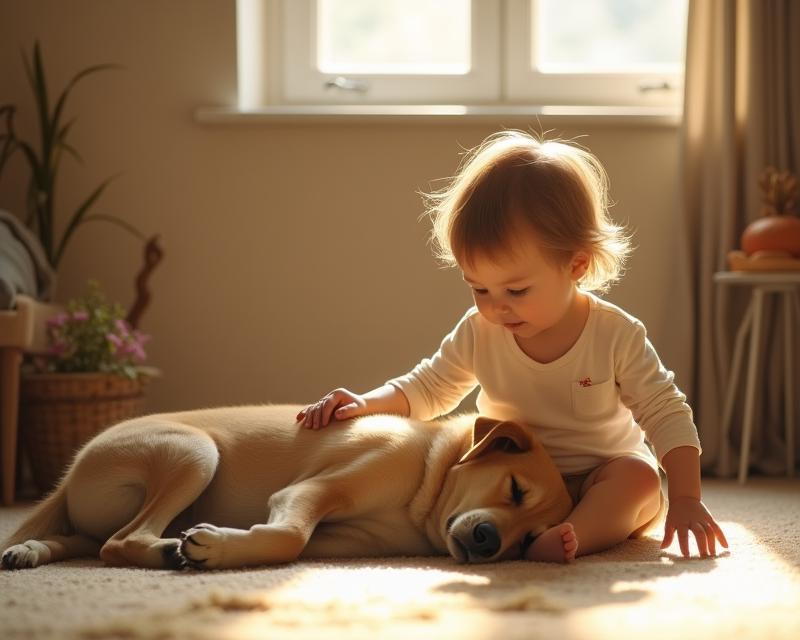Decoding Your Pet: Body Language 101
Publish in General Care el 28/06/2025 22:56
Decoding Your Pet: Body Language 101
Have you ever wondered what your furry, scaled, or feathered friend is *really* trying to tell you? Animals communicate in many ways, and understanding their body language is key to building a stronger bond and ensuring their well-being. It's like learning a secret language – and it's a rewarding one!
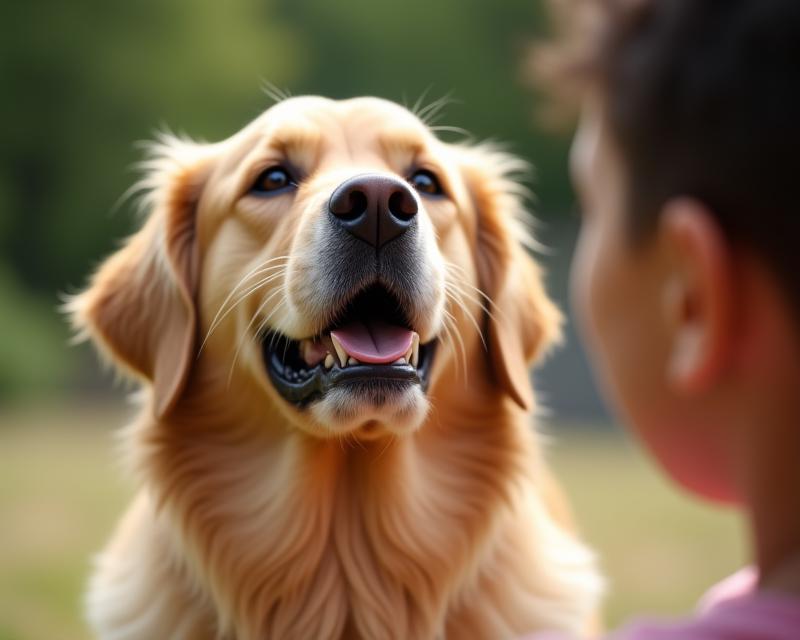
Understanding the Basics
Body language isn't just about wagging tails and purring. It's a complex mix of posture, facial expressions, tail movements, and vocalizations. Different species have different ways of communicating, so it's important to learn the specific cues for your pet. For example, a dog's tail wag doesn't always mean happiness! A relaxed, loose wag usually indicates friendliness, but a stiff, high wag can signal alertness or even aggression.
Reading Common Signals
Let's look at some common signals across different pets. In dogs, a lowered body posture, tucked tail, and flattened ears often indicate fear or anxiety. A playful bow (front legs down, rear end up) is a clear invitation to play! Cats are more subtle. Slow blinks are a sign of trust and affection – try slow-blinking back at your cat to show you're friendly. A twitching tail can mean excitement, but also irritation, so pay attention to the whole body.
Even smaller pets like rabbits and guinea pigs have distinct signals. A rabbit thumping its back feet is often a warning sign – it's telling you it's feeling threatened. Guinea pigs might chomp or grunt if they're feeling annoyed. Observing these subtle cues can help you prevent stressful situations and keep your pet happy. Understanding your pet's body language isn't about 'reading their mind,' but about paying attention to their physical signals and responding accordingly. It takes time and observation, but the payoff is a deeper connection with your beloved companion.
Resources for Further Learning
There are tons of great resources available to help you learn more about your pet's body language. Your veterinarian is an excellent source of information, as are reputable animal behaviorists. You can also find helpful articles and videos online from organizations like the ASPCA and The Humane Society. The more you learn, the better equipped you'll be to understand and respond to your pet's needs. So, start observing, start learning, and enjoy the journey of deepening your connection with your animal companion!
